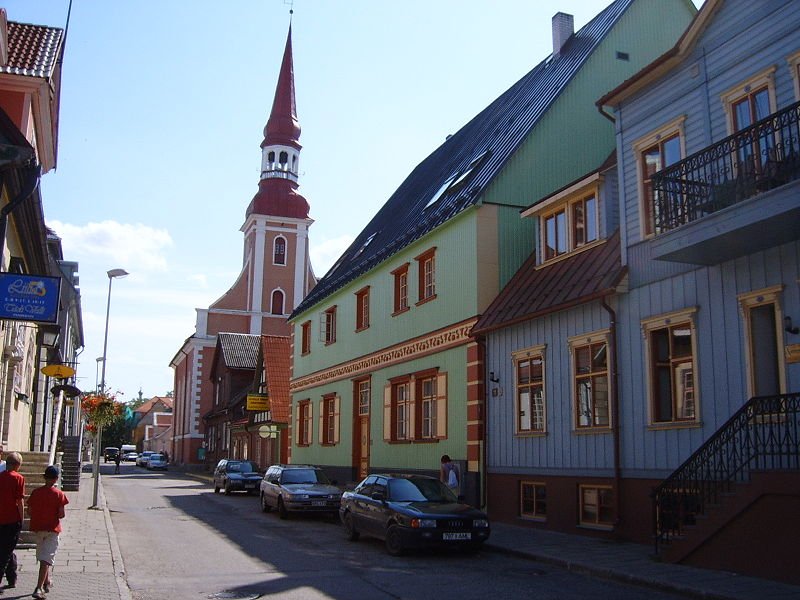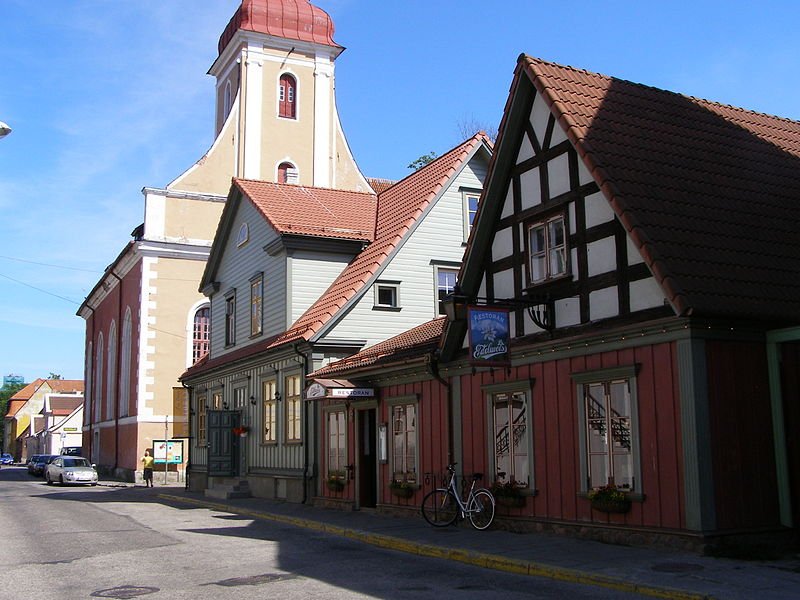 Pärnu, Estonia
Pärnu, EstoniaSource: https://commons.wikimedia.org/wiki/File:Parnu01.jpg
Author: Vberger

Pärnu is a coastal city in southwestern Estonia. It faces Pärnu Bay, an inlet of the Gulf of Riga, a contiguous body of water with the Baltic Sea. The city covers 32.22 sq km (12.4 sq mi) and has a population of 45,000 people (2011 estimate).
Today Pärnu is a popular health resort among Europeans attracting mainly domestic visitors and Finns to its many health spas. Among the therapies available at Pärnu include hydrotherapy, mud bath, massage, electrotherapy, inhalation therapy, and aromatherapy. The history of providing health care in Pärnu goes back to 1837, when business people of the area established the first bathing establishment.
Pärnu itself dates back to 1251, when it was founded by the Bishopric of Ösel-Wiek. It was originally known as Perona. From 1560 to 1617, it was ruled by the Polish-Lithuanian Commonwealth. Swedes took over the town in the 16th century, only to surrender it to the Russian Empire in 1721. It became part of Estonia after the First World War.
 Street in Pärnu Old Town
Street in Pärnu Old TownSource: https://commons.wikimedia.org/wiki/File:Parnu_Old_Town_Street3.JPG
Author: Ewa Dryjanska

Visiting Pärnu
You can reach Pärnu by train from Tallinn. The journey takes about two and a half hours.Places of Interest in Pärnu
- Ammende Villa
Mansion built in 1905 in the Art Nouveau style, by a wealthy local merchant and named after his beloved daughter. - Elizabeth's Church (Eliisabeti kirik)
A beautiful Baroque church built in 1747 by the Russian Empress Elizabeth for the Lutheran community. - Lydia Koidula Museum
Museum celebrating the most revered female poet in Estonia. It occupies the building where her father ran a primary school. - Pärnu Concert Hall
A modern steel-and-glass concert hall completed in 2002 that stands as one of the new landmarks of the city. - Pärnu Town Hall
Built as the residence of a wealthy merchant in 1797, this Neo-Classical building was renovated in 1819 to serve as the local governor's mansion, and in 1839 began functioning as the town hall. - St Catherine's Church
Built for the garrison station in Pärnu during the reign of Catherine the Great, this is widely regarded as one of the best examples of Baroque-style church in the country. - Tallinn Gate
This is the only remains of the 17th century ramparts that once protected Pärnu.
 Latest updates on Penang Travel Tips
Latest updates on Penang Travel Tips
 Map of Roads in Penang
Map of Roads in Penang
Looking for information on Penang? Use this Map of Roads in Penang to zoom in on information about Penang, brought to you road by road.
Copyright © 2003-2025 Timothy Tye. All Rights Reserved.

 Go Back
Go Back